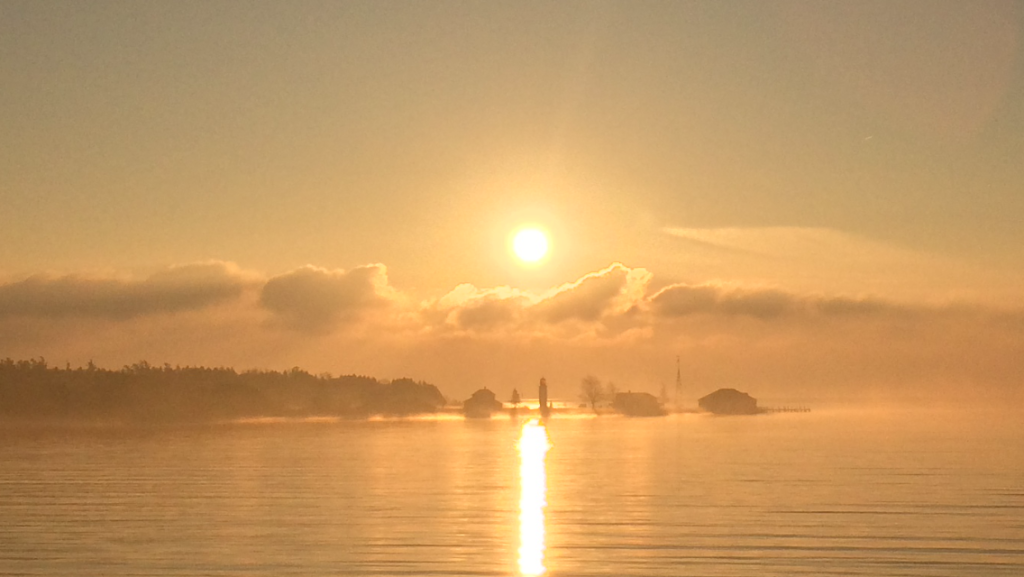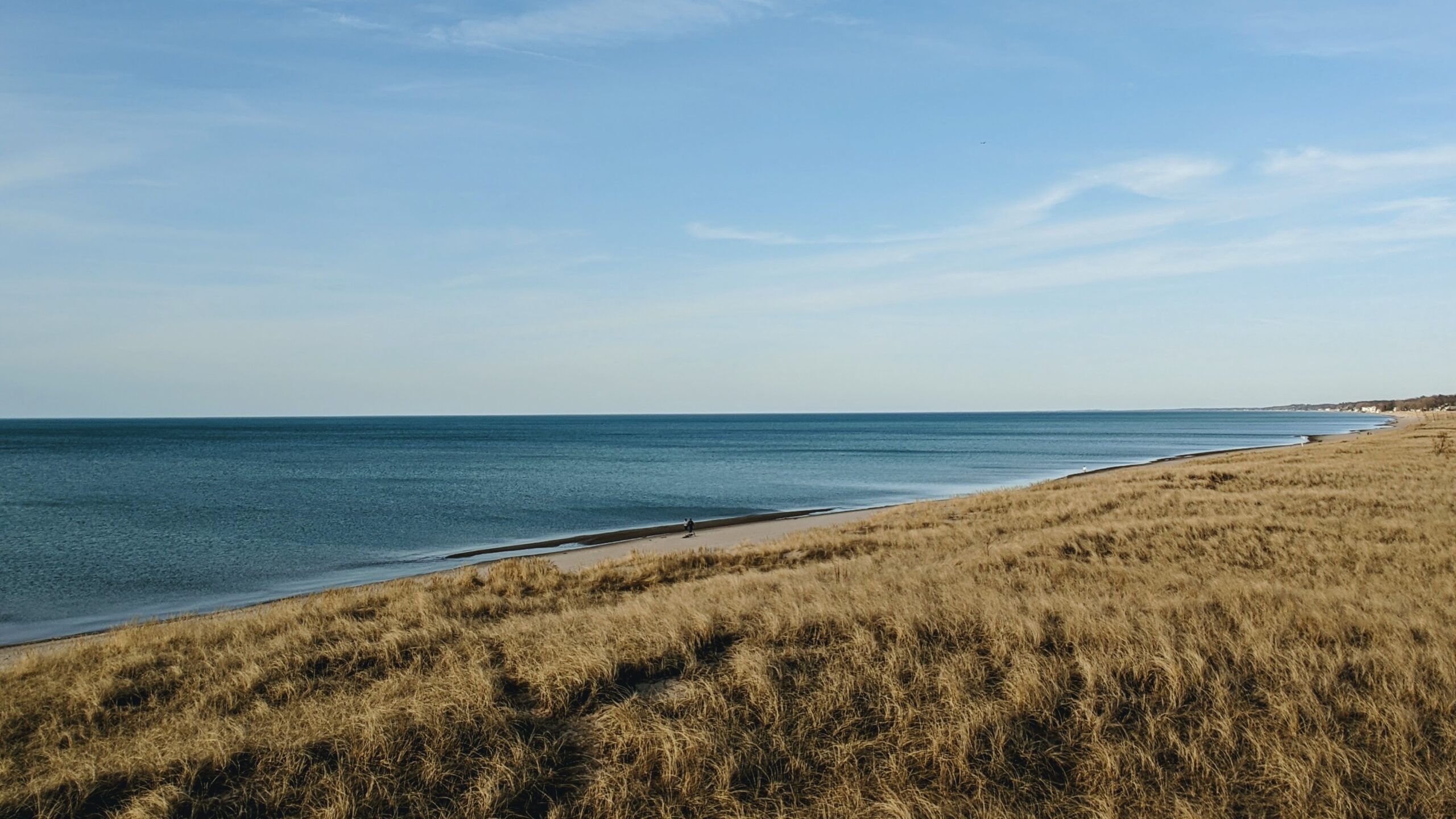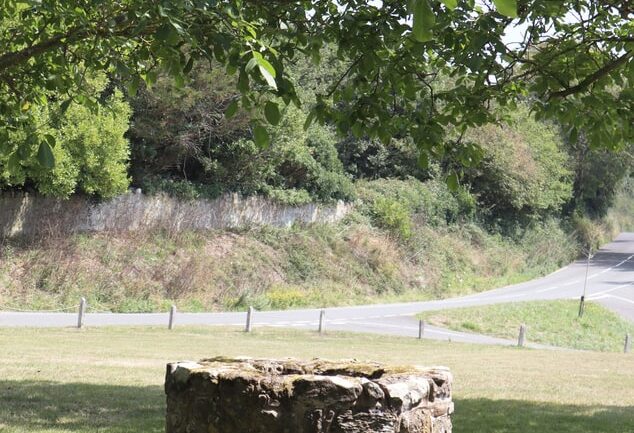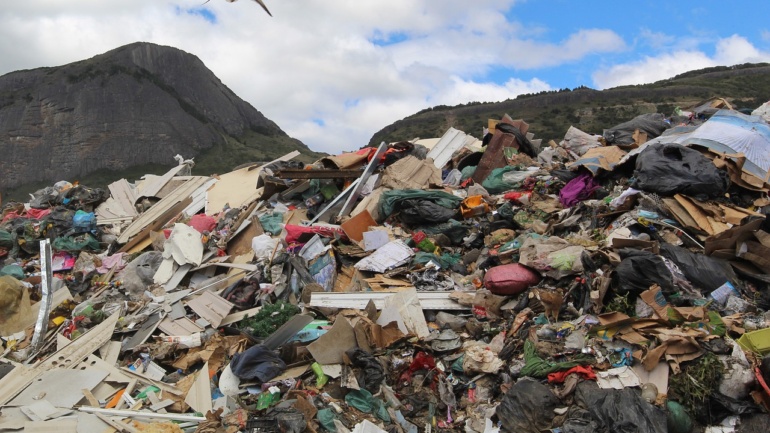By Harry Petaway, Staff Writer and Researcher for Save the Water™ | December 1, 2019
Harmful Algal Blooms a threat to the world’s largest source of surface freshwater
The Great Lakes encompass nearly 100,000 square miles to make the world’s largest body of freshwater.1 These lakes include the lakes Erie, Huron, Michigan, Ontario and Superior. They are the home to nearly 200 fish species and over 3,500 types of plants.1 Several rivers connect the Great Lakes and ultimately connect Lake Ontario to the Gulf of St. Lawrence, eventually reaching the Atlantic Ocean.1 Although at first glance these lakes might paint a glossy picture, some closer observations paint a bleak picture both past and present.2 Great Lakes harmful algal blooms can harm humans and the environment. Here are five ways you can help.
Harmful Algal Blooms a concern for the North American Great Lakes
Newspaper reports described Lake Erie as “Dead” in the 1960s, because authorities frequently banned recreational use of the Great Lakes.2 Contamination, trash, and an over colonization of Cyanobacteria or what is commonly called blue-green algae pushed the entire aquatic ecosystem into decline.3 Periodically, Cyanobacteria algae populations exploded to form Harmful Algal Blooms (HABs), which hurt drinking water supplies, recreational activity, freshwater ecosystems, and the regional economies.4 Unfortunately, the incidence of HABs in our Great Lakes and the dangers attributed to them have only increased over time.
Harmful Algal Blooms in Lake Erie, Lake Huron, and Lake Michigan have become more common in the past 20 years.3 These include a HAB found in Lake Erie, which left over 400,000 Ohio residents without clean drinking water for several days in 2014.4 This resulted in a $3 million campaign to clean the water.4
What are Harmful Algae Blooms?
Blue-green algae blooms are considered Harmful Algal Blooms. Blooms are large colonies of algae that become visible without a microscope.3 Blue-green algae colonize rapidly and can produce toxins that can harm humans and animals.4 Their toxins can affect cells, liver, and nervous systems.3 Exposure to large amounts of this algae can result in reactions ranging from mild to severe outcomes. These include3:
- Skin irritation
- Twitching
- Muscle cramps
- Cardiac difficulty
- Respiratory distress
- Nausea
- Liver failure
- Paralysis
Following spring rains, which carry nutrients to the lakes, Harmful Algal Blooms occur in the Great Lakes in late summer.6 Lake Erie is especially prone to HABs because of its shallow warm waters.3
How can I tell if it is a Harmful Algal Bloom?
HABs may have a foul smell and appear in a variety of blue, red, green, and neon colors.8 They present as foam on top of the water or as patches of color floating in the lake.3 However, HABs may be present without visual indicators. Yet they still pose a risk.3 For example, microcysts are one of the most widely reported and the most dominant algae found in the North American Great Lakes.3 This form creates a harmful irritant and liver toxin called microcystin.3
Harmful Algal Blooms a threat to the Great Lakes: What is the cause?
Some algal blooms occur naturally in both freshwater and saltwater.7 However, HABs develop exceptionally well in water with high levels of nitrogen and phosphorus pollution.8 The term eutrophication is used to describe the excess nourishment in the body of water that allows the algae to feed and grow exceptionally fast.8 As humans, we add these nutrients to the Great Lakes through urban, industrial, and agricultural activities.8 Common pathways include:
- Lawn fertilizers
- Detergents
- Agricultural runoff
- Urban runoff
The surplus of nitrogen and phosphorus, combined with increasing water temperatures, creates hospitable conditions for blooms.5
In addition, scientists cite zebra mussels and other invasive species that feed on beneficial algae and expel harmful algae as a cause for the increased HABs in the Great Lakes.3 Unfortunately, scientists have struggled to define consistent measures and methods that explain the causes and impacts of HABs, which leads to some ambiguity in the data they collect.6 Furthermore, various methods to improve crop production, including “environmentally friendly” techniques such as “no-till” farming, can still result in increased nutrient runoff. As with traditional methods, these can lead to higher levels of eutrophication.6 Even after the source of pollution is removed, some pollution pathways can exist for more than ten years.4
Harmful Algal Blooms a threat to the Great Lakes: What can you do?

Yes, industry and agriculture contribute a lot to harmful algal blooms in the Great Lakes. 3,5,8 Yet scientists are working to explore viable ways to predict and to monitor HABs more reliably.6 They hope to provide more in-depth insight into the causes and consequences of HABs.6 However, there are several steps we can take as individuals to reduce HABs. These include:
- Reduce runoff6
- Select soap and detergents with less phosphate
- Minimize the use of fertilizers3,8
- Re-route runoff so that it does not drain directly into street drains and gutters9
- Become familiar with agricultural practices that may impact the Great Lakes
The North American Great Lakes make up over 20 percent of the world’s surface freshwater. It is a vital natural resource that is surrounded by 30,000 million people.1 Working together, we can find ways to understand our impact on these precious ecosystems better and develop strategies to protect them for ourselves and future generations.
References
- Zimmerman, Kim. 2017. “Great Facts About the Five Great Lakes.” Live Science. Retrieved from https://www.livescience.com/29312-great-lakes.html
- Rotman, Michael. 2019. “Lake Erie.”Cleveland Historical. Retrieved from https://clevelandhistorical.org/items/show/58
- Michigan Sea Grant. 2019. “Harmful Algal Blooms” Retrieved from https://www.michiganseagrant.org/topics/coastal-hazards-and-safety/harmful-algal-blooms/
- U.S. Department of Commerce. 2016. “What is a harmful algal bloom?” National Oceanic and Atmospheric Administration. Retrieved from https://www.noaa.gov/what-is-harmful-algal-bloom
- Smith, Douglas, King, Kevin, and Williams, Mark. 2015. “What is causing the harmful algal blooms in Lake Erie?” Journal of Soil and Water Conservation, 70 (2), 27A-29A.
- Ho, Jeff and Michalak, Anna. 2015. “Challenges in tracking harmful algal blooms: A synthesis of evidence from Lake Erie.”Journal of Great Lakes Research, 41 (2), 317-325.
- Park, Jungsu, Church, Jared, Son, Younggyu, Kim, Keug-Tae, and Lee, Woo-Hyoung. 2017. “Recent advances in ultrasonic treatment: challenges and field applications for controlling harmful algal blooms (HABs).”Ultrasonics sonochemistry, 38, 326-334.
- Wurtsbaugh, Wayne, Paerl, Hans and Dodds, Walter 2019. “Nutrients, eutrophication and harmful algal blooms along the freshwater to marine continuum.”Wiley Interdisciplinary Reviews: Water, 6(5).
- “10 Ways To Manage Runoff Water”.BioAdvanced. Retrieved from https://www.bioadvanced.com/articles/10-ways-manage-runoff.




